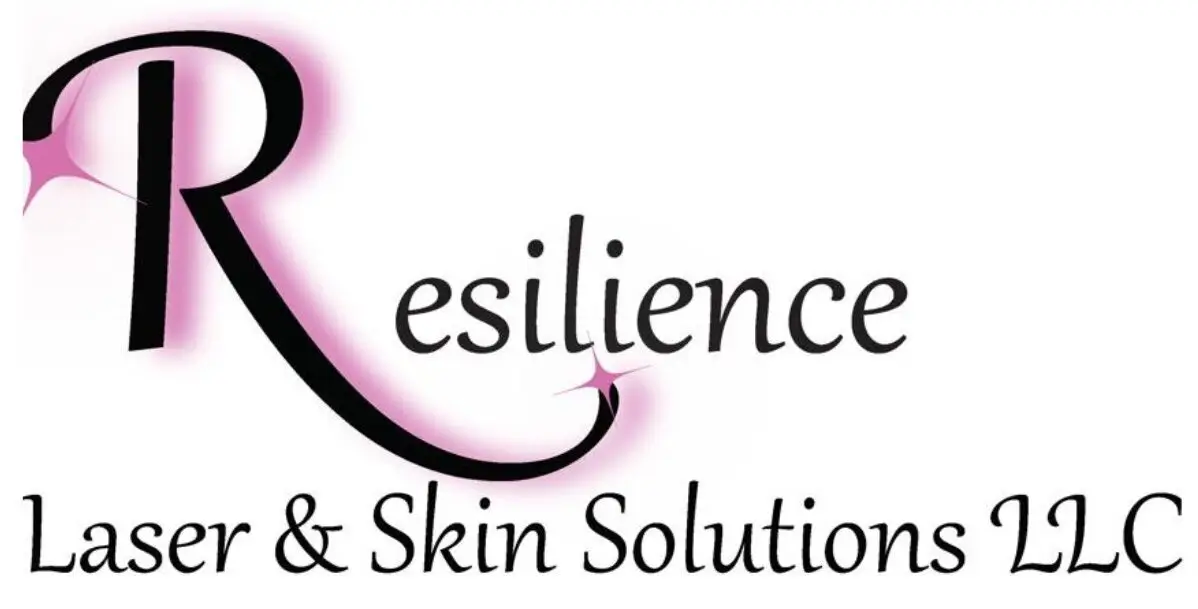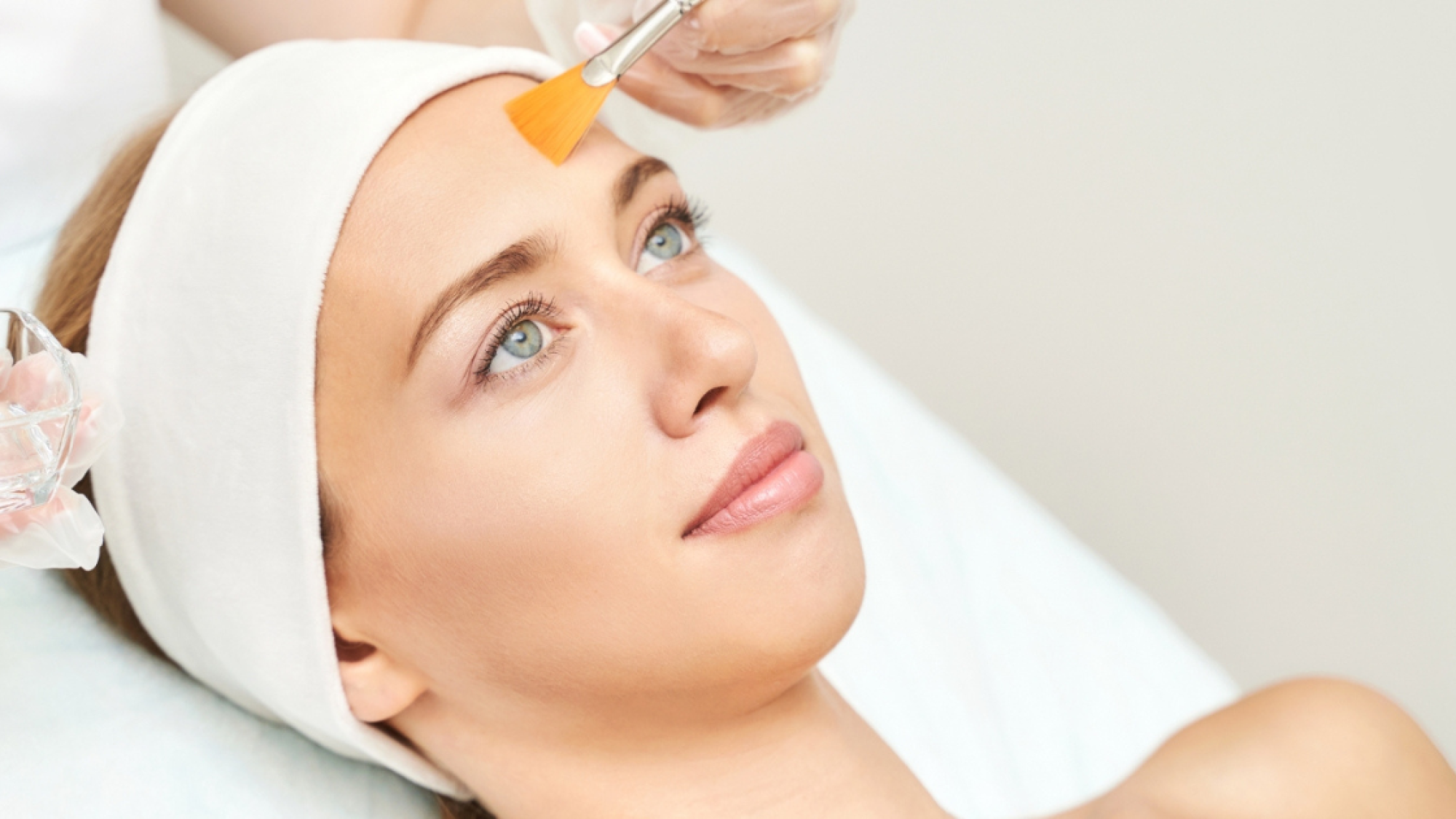When it comes to skincare, many people are searching for the best chemical peel to refresh their skin, brighten their face, and reduce common issues like acne scars, fine lines, and uneven tone. Chemical peels have become one of the most trusted skin treatments around the world because they offer visible results in a short period of time.
If you’re wondering which peel is right for you, this article will guide you step by step—explaining what peels are, how they work, the different types, and how to choose the one that suits your skin best. Think of this as both a trusted reference and a friendly conversation, where we’ll keep things simple and easy to follow.
How Chemical Peels Work & Their Benefits
A chemical peel is a skin treatment that uses acids to gently remove the top layers of the skin. This process sounds scarier than it is. What actually happens is that the outer layer of dead or damaged skin cells sheds, making way for new, smoother, and healthier skin underneath.
The main benefits include:
- A brighter, more even skin tone
- Reduced fine lines and wrinkles
- Improved texture and smoothness
- Lightened acne scars or dark spots
- Help with acne breakouts
In short, chemical peels give your skin a “reset button.” If your skin feels tired or you’ve struggled with marks, peels can restore that fresh glow. Now that you know what they do, let’s break down the different types.
Types of Chemical Peels Explained
Not all chemical peels are the same. They differ based on their strength and depth. Here are the main categories:
Superficial or Light Peels
These are the gentlest option. They often use mild acids like glycolic, lactic, or salicylic acid. They lightly exfoliate the surface layer of the skin. Perfect for beginners, these peels need little to no downtime. Think of them as a refreshing skin polish.
Medium Peels
These penetrate a little deeper using acids like TCA (trichloroacetic acid) or Jessner’s solution. Medium peels work well on pigmentation, fine lines, and mild acne scars. You may need a few days of recovery, but the results are noticeable.
Deep Peels
These are the strongest and usually use phenol or stronger TCA formulas. They treat deep wrinkles, serious sun damage, or scars. Recovery takes longer—sometimes weeks—but the results are dramatic. Deep peels are always performed by professionals.
When comparing them, think about it like this: light peels are for maintenance, medium peels are for correction, and deep peels are for transformation.
Which Peel Is Best for Your Skin Type & Concern
Everyone’s skin is different. The best peel for you depends on what you want to fix and how sensitive your skin is.
- Oily or Acne-Prone Skin: Salicylic acid peels are great because they go deep into pores and clear oil buildup.
- Dry or Sensitive Skin: Lactic or mandelic acid peels are gentle and hydrating. They smooth skin without much irritation.
- Pigmentation or Dark Spots: Glycolic acid or TCA peels help fade discoloration and even out tone.
- Fine Lines and Aging: Glycolic, TCA, or even retinol peels can reduce wrinkles and refresh the skin.
Think of it like matching your skin’s “problem” with the right “tool.” If unsure, a professional consultation is always wise.
Safety, Preparation & Aftercare Tips
Before jumping into a peel, it’s important to prepare and care for your skin properly.
Preparation:
- Avoid retinoids, scrubs, and other strong skincare products for at least a week before your peel.
- Stay out of the sun or use strong sunscreen.
- Cleanse gently and keep your skin hydrated.
Safety:
Chemical peels are safe when done correctly, but they can cause side effects like redness, peeling, or temporary dark spots if not suited for your skin. Darker skin tones, in particular, need careful selection of peel types to avoid hyperpigmentation.
Aftercare:
- Protect your skin from the sun—it will be extra sensitive.
- Moisturize regularly to help healing.
- Do not pick or peel off flaking skin.
- Follow any aftercare plan given by your dermatologist.
Treat your post-peel skin with kindness. The more gentle you are, the better your results will be.
Top Professional & At‑Home Peels
Chemical peels are available both at professional clinics and as at‑home kits. Let’s make this clear:
- Professional Peels: Stronger, customized, and performed by dermatologists or trained aestheticians. They deliver quicker and longer-lasting results.
- At‑Home Peels: Milder and easier to use. Great for maintenance between clinic visits. These usually contain weaker concentrations of glycolic, lactic, or salicylic acids.
If you’re new, an at‑home peel might be a good start, but professional treatments are best for serious concerns.
Expert Opinions & Trends
Skin experts agree that peels are a top non-surgical solution for refreshing the skin. Dermatologists often recommend glycolic peels for brightness and salicylic peels for acne-prone skin. Beauty editors highlight how peels are trending as part of “skin cycling,” where people alternate exfoliating treatments with gentle repair products.
The trend is clear: people want glowing skin without heavy makeup, and peels help achieve that naturally.
Conclusion & Next Steps
Choosing the best chemical peel comes down to your skin goals and lifestyle. If you’re looking for a glow boost with no downtime, a light peel is perfect. If you want to reduce scars or dark spots, medium peels are worth considering. For more dramatic transformations, deep peels are the gold standard—but only under expert care.
Your skin deserves the right treatment, and chemical peels are a proven way to give it a healthy, youthful reset. Take your time, choose wisely, and if you’re ever unsure, consult a professional who can guide you to the safest and most effective option.
If you’re ready to explore professional care, clinics like Resilience Laser and Skin Solutions can help personalize treatments for your unique needs. Remember—healthy skin is an investment, and you’re worth it.
Frequently-Asked Questions (FAQs)
How long does it take to see results from a chemical peel?
Light peels may show results within a few days, while medium and deep peels take longer to heal but give more noticeable improvements.
Can I do chemical peels at home?
Yes, but only mild ones. Professional peels are stronger and should be done by trained experts for safety.
Are chemical peels painful?
Most people feel mild stinging or warmth, especially with medium or deep peels. It’s usually very tolerable.
How often can I get a chemical peel?
Light peels can be done every 2–4 weeks. Medium peels may be spaced a few months apart, while deep peels are usually once in a lifetime.
Who should avoid chemical peels?
People with very sensitive skin, active skin infections, or certain medical conditions should avoid peels unless cleared by a doctor.



Leave Your Comment